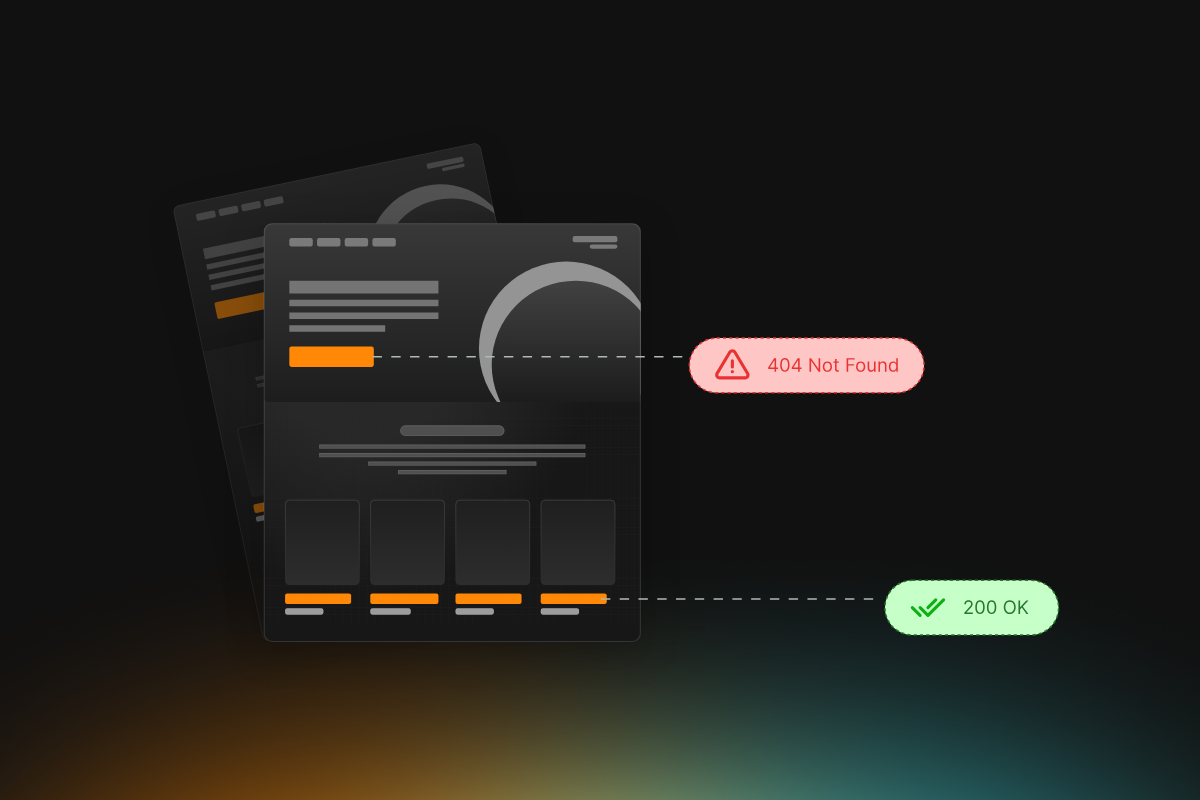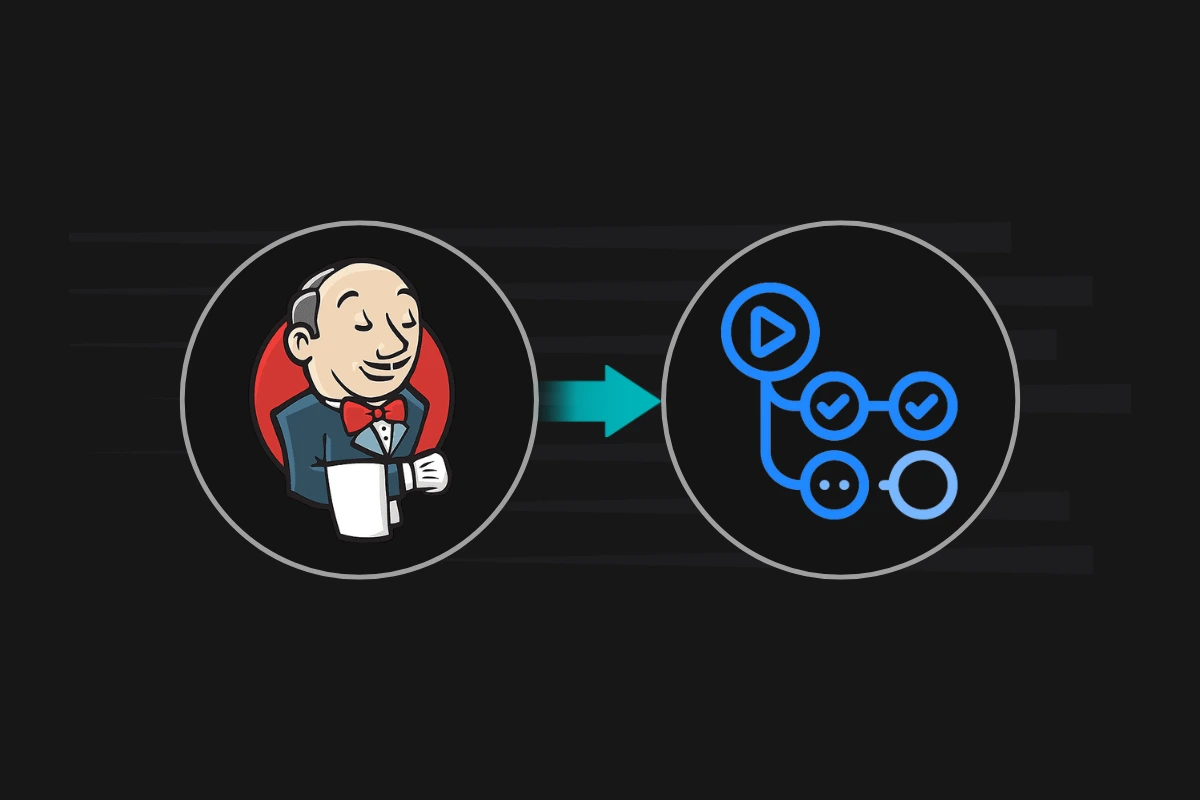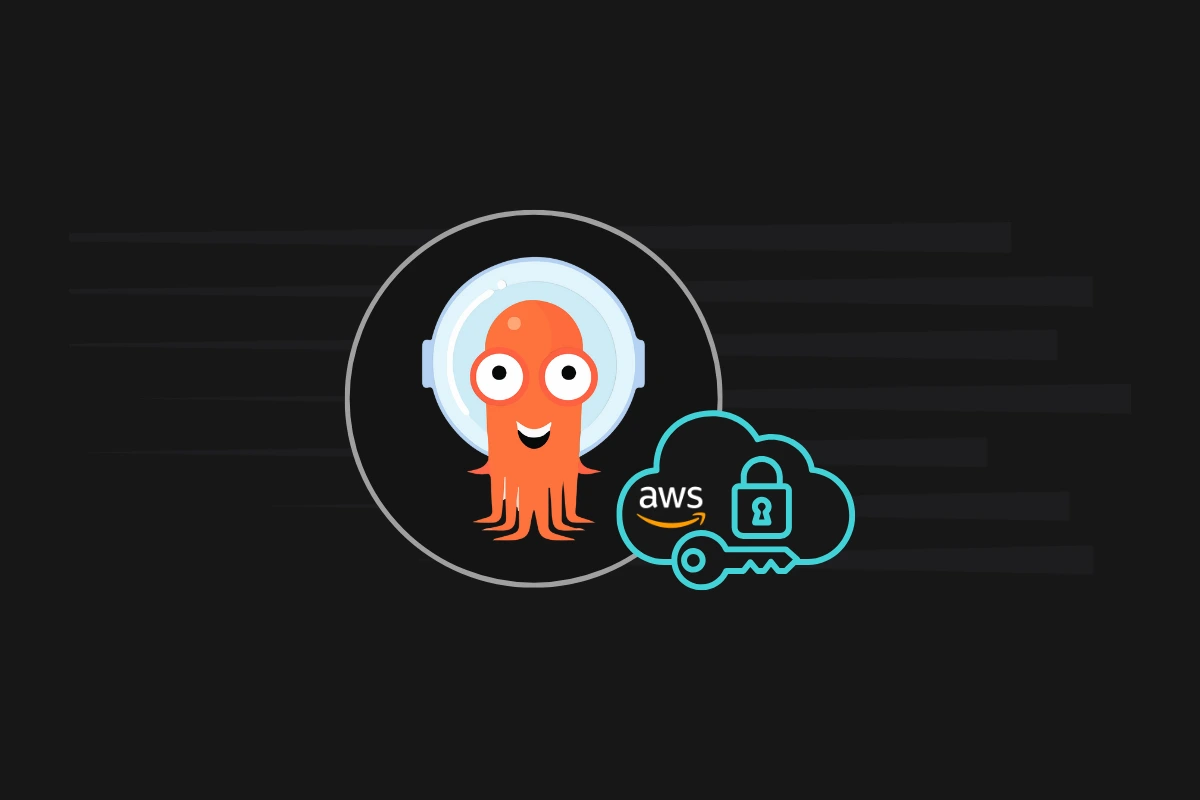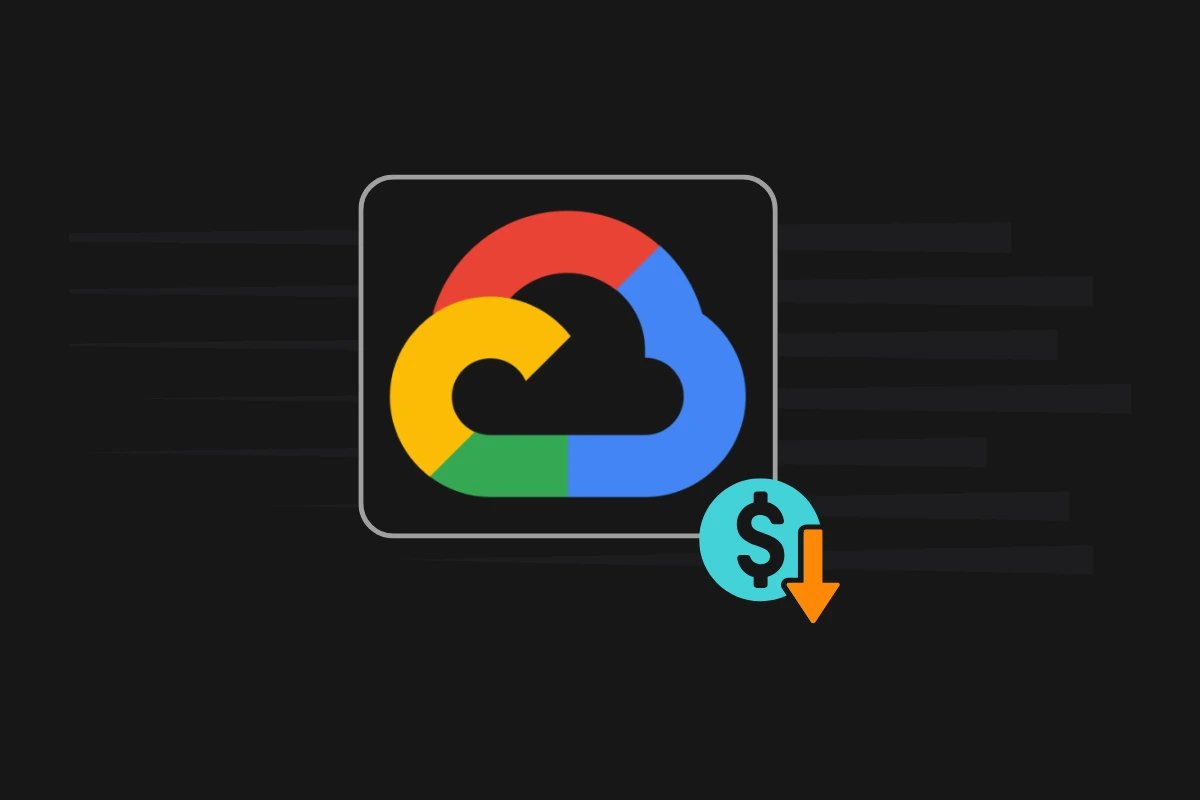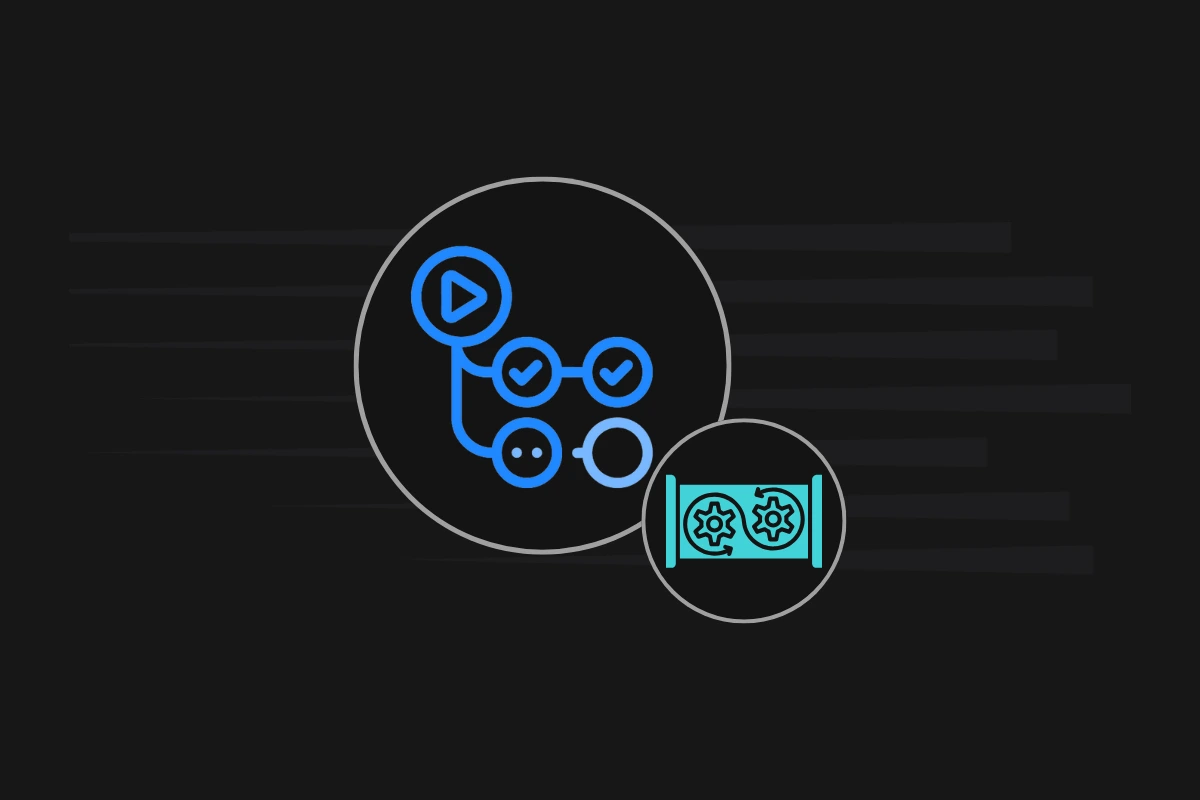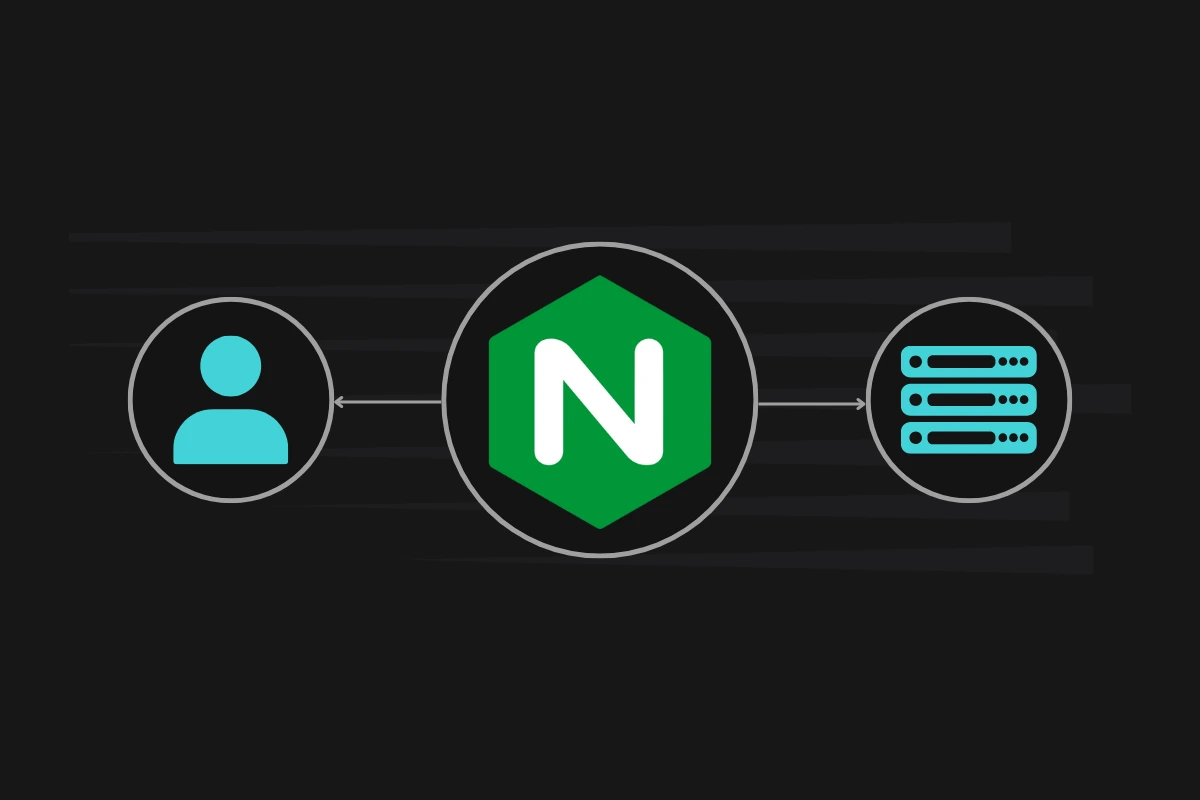- Home /
- QA Automation /
- Synthetic Testing Services
Synthetic Testing Services
Ensuring your application delivers a seamless and reliable user experience is critical for maintaining customer satisfaction and business continuity. Performance issues, broken workflows, or downtime can lead to user frustration and lost revenue. Synthetic testing helps prevent these problems by simulating real user interactions such as logging in, searching, checking out, or calling APIs—executed at regular intervals and across different browsers, devices, and geographies. Unlike real-user monitoring, synthetic testing doesn’t rely on actual traffic and can run continuously in production, staging, or development environments.
At IAMOPS, we set up and manage advanced synthetic testing frameworks that proactively monitor application performance, availability, and functionality. These synthetic checks are designed to mimic end-user behavior and catch issues before they impact customers. Our engineers blend expertise in DevOps, QA automation, and observability to ensure synthetic tests are seamlessly integrated with your existing monitoring stack, providing real-time diagnostics and actionable insights.
IAMOPS is trusted by SaaS platforms, fintech applications, eCommerce businesses, and global enterprise teams to safeguard user experience through continuous synthetic monitoring. Whether it’s frontend testing or API performance validation, we help you stay ahead of issues—day and night.
How IAMOPS Synthetic Testing Services Work
Strategy
Design and Synthetic Test Setup
We start by analyzing your application’s workflows to identify high-impact areas that require synthetic testing—such as login, search, and checkout. These workflows are mapped to performance and availability benchmarks, and the right synthetic testing tools are selected to support continuous monitoring across browsers, devices, and regions. This ensures proactive detection of issues before they reach production or affect users.
Illustrative implementation:
- Identify business-critical user journeys that need synthetic coverage.
- Define response time, uptime, and functional benchmarks.
- Set up synthetic monitoring using AWS Lambda, Azure Functions, Datadog, or New Relic.
- Configure global testing from multiple geographies and devices to simulate real-user behavior.
Synthetic Tests
Implementation and Automation
Once the plan is finalized, we develop automated synthetic tests that simulate user behavior in real-time. These are executed at scheduled intervals to monitor application functionality and catch issues early. Integration with your DevOps pipeline allows synthetic checks to run during staging, post-deployment, and even in development.
Illustrative implementation:
- Implement automated synthetic tests for front-end and API workflows.
- Integrate with CI/CD systems to execute tests pre- and post-release.
- Monitor third-party service endpoints for reliability and availability.
- Route alerts using Zenduty API or New Relic dashboards, with data stored in AWS CloudWatch logs or S3.
Optimization,
Alerting, and Analytics
We continuously refine your synthetic testing setup to keep pace with application changes. This includes adjusting thresholds to avoid false positives and reviewing historical test data to identify trends. Real-time alerting and detailed dashboards provide clarity, while video-based logs stored in S3 assist in root cause analysis.
Illustrative implementation:
- Update tests as your application evolves to maintain test accuracy.
- Tune thresholds to reduce false positives while staying alert to real risks.
- Leverage performance trend analysis and root cause insights.
- Display testing metrics through custom dashboards and video logs for quick diagnosis.
Benefits
Proactive Issue Detection
Synthetic testing allows you to identify and address performance and functionality issues before they impact real users, reducing downtime and improving user satisfaction.
Continuous Monitoring Across Geographies and Devices
Synthetic tests simulate user interactions across different regions, devices, and browsers, ensuring your application performs well for all users, regardless of location or platform.
Improved Application Reliability
By continuously monitoring critical workflows, synthetic testing ensures your application remains available and responsive, improving overall reliability.
Reduced Time to Detect and Fix Issues
Synthetic testing tools provide real-time alerts, enabling your team to quickly detect and resolve issues before they escalate.
Free Synthetic Testing Consultation
IAMOPS helps you stay ahead of issues with real-time, automated monitoring. Get the peace of mind you need to scale confidently with our tailored synthetic monitoring services.
Book a Free QA Consultation to set up synthetic testing and catch problems before users do.
Our success stories
Frequently Asked Questions (FAQ's)
What’s the difference between synthetic testing and real-user monitoring?
Synthetic testing simulates user interactions using automated scripts, while real-user monitoring collects data from actual users. Synthetic testing is proactive and consistent—perfect for catching issues early.
What tools do you use for synthetic test automation?
We use leading tools like New Relic, AWS Lamba, CloudWatch, EventBridge, ECR, S3 buckets, and also develop custom scripts for advanced scenarios.
Can synthetic testing monitor APIs too?
Yes. We run automated synthetic API checks to validate uptime, latency, response structure, and integration health.
Will synthetic tests impact my production environment?
No. These tests are lightweight and designed to simulate user behavior without affecting performance or usage metrics.
Can I integrate synthetic monitoring into my CI/CD pipeline?
Absolutely. We automate and schedule synthetic tests as part of your pipeline to validate deployments before they go live.
